Herbs are the keys to flavor. There’s no shame in using dried herbs, but growing fresh herbs yourself is well worth the effort. Many herbs repel insects, pack great health benefits, and are pretty simple to maintain. Luckily, you don’t need a huge backyard to grow your own indoor herb garden. These happy plants easily grow in small spaces, from your bedroom window to your kitchen counter.
Here’s the thing with herbs though—one size doesn’t fit all. To keep your herb garden healthy (and alive), you’ll need to know how to take care of each one individually. Depending on the herb(s) you’re trying to grow, here are key things to keep in mind:
- Germination: This is the process in which a plant grows from a seed. It can take a couple days, a couple weeks, or even up to a month.
- Hardiness: Also known as the “hardiness zone,” or specific area (or climate) where a plant is capable of growing. Zones range from zone 0–12, with 0 being the coldest and 12 being the warmest.
- Light Preference: How much sun does your plant like? They don’t always like full sun all day. Some plants are full sun plants, and some are partial sun/partial shade, dapple sun (little sun), or full shade plants.
- Soil Conditions: The balance of pH levels, if the soil must be well drained, or if it needs to be slightly sandy or rich. Does the plant even need soil? How about acidity? All are important factors.
- Fertilizer: Elements that need to be mixed into the soil to help your herb grow the most efficiently. Anything from blood meal to fish emulsion could be part of the equation here. Also, you might need to mix in other components throughout the year—do you know when the most optimum time is to do so? Every herb is different.
- Height: How tall should you expect your plant to grow? You don’t want to start clipping prematurely, nor do you want to wait longer than you need to, either.
- Time to Harvest: A guideline as to when your herb is ready for consumption.
So, now that you’re convinced you want to start an herb garden—where do you begin? Take a look at these helpful tips to get you started!
1. Basil
Basil is the most popular herb used in the U.S.—pretty much everyone who cooks has owned a basil plant at one point. There is no way that you couldn’t recognize the distinct, clove-like smell of the basil plant. Basil is also an anti-inflammatory and a deodorizer.
[tweet_quote] Need a good reason to grow some basil? It acts as both an anti-inflammatory and a deodorizer.[/tweet_quote]
Basil, known for partnering with Italian-inspired dishes, also plays well with Asian cuisine too. Purple basil acts as a beautiful garnish when you are trying to impress guests. There are many different varieties of basil and all offer different flavors, so make sure you know which type will offer the right flavor for your recipe.
Germination: 5–10 days
Hardiness: Annual and sensitive to frost
Light Preference: Full sun
Soil Conditions: pH 6–7, well drained, rich, and moist
Fertilizer:
- Upon planting, mix compost or blood meal into the soil
- Maintain a 2:1:1 ratio of high nitrogen soil every two weeks
Height: 10–18 inches
Time to Harvest: 10 weeks
Variations:
- Sweet basil
- Genovese basil
- Napolitano basil
- Lemon basil
- Thai basil
- Cinnamon basil
- Holy basil
- Purple basil
Flavor Profile: Versatile. Can be lemony, sweet, peppery, clove-y, or even minty
Recipe Idea: Easy and Healthy Ratatouille
Additional Use: Natural deodorizer
2. Chives
Chives are very closely linked to garlic, onions, and shallots in flavor. Like these vegetables, chives also drive away pesky bugs like aphids and mosquitoes. Because of their high levels of sulfur, they also prove to be a natural anti-inflammatory and are a great addition to your herb garden.
Add chives to recipes that include fish, veggies, soup, casseroles, and much more. You can also create chive oil or butter too. Did you know you could also eat the flowers of the chive plant? Well, you can!
Germination: 7–14 days
Hardiness: Zones 3–9
Light Preference: Sun and/or partial shade
Soil Conditions: Well drained, rich, and moist
Fertilizer:
Upon planting, mix compost or fish emulsion into the soil
Add balanced plant food every 3–4 weeks
Height: 12–18 inches
Time to Harvest: Variable
Variations:
- Common chives
- Garlic chives
- Giant Siberian chives
Flavor Profile: Refreshing onion flavor
Recipe Idea: Savory Zucchini Pancakes with Bacon and Chives
Additional Use: Natural antibiotic
3. Cilantro
Cilantro isn’t always everyone’s cup of tea, but this herb offers high levels of vitamin C and aids in digestion as well. Did you know that coriander seeds come from the cilantro plant? Yup, they sure do! These seeds are perfect for chicken dishes and soups.
[tweet_quote] Cilantro is much more than a garnish for your guac. It also aids in digestion and stress reduction![/tweet_quote]
The cilantro plant is a perfect match for Mexican, Caribbean, and Asian dishes, as its cool, bright flavor brings some added freshness to these dishes. Side note: it’s easy for cilantro to grow out of control, so make sure to keep your plant trimmed or else it can take over your herb garden!
Germination: 7–10 days
Hardiness: Annual
Light Preference: Full sun
Soil Conditions: pH 6.2–6.8, well drained
Fertilizer: Add balanced fertilizer every 4–5 weeks
Height: 12–18 inches
Time to Harvest: 3–4 weeks
Variations:
- Leaf cilantro
- Seed cilantro
- Vietnamese cilantro
- Culantro
- Coriander
Flavor Profile: Polarized; some say bright and citrusy—others say soapy
Recipe Idea: Ancho Chile Chicken Fajitas on Cilantro Lime Cauliflower Rice
Additional Use: Stress reduction
4. Lavender
Oh yes, what a wonderful herb lavender is! Not only does lavender make your herb garden smell amazing, but it makes for the perfect ingredient for herbal teas and lavender honey. What can you use lavender honey for? Just about anything that requires sugar that you want to add a florally pop to—like pancakes or Paleo ice cream.
You can also dry out lavender for some easy potpourri, or hang it around your herb garden to repel mosquitos. Just remember, lavender typically blooms in the summer, and it doesn’t like an overabundance of moisture or humidity.
Germination: 14–21 days
Hardiness: Zones 5–7
Light Preference: Full sun
Soil Conditions: pH 6.7–7.3, slightly sandy and well drained
Fertilizer:
- Add bone meal in early or mid-fall
- Add high-phosphorus fertilizer into soil
Height: 12–18 inches
Time to Harvest: Throughout the summer
Variations:
- Lodden Blue
- Royal Velvet
- Melissa
- Sachet
- Sharon Roberts
- Mitchem Gray
- Dutch Mill
- Fred Boutin
- Boutin
- Grosso
- Hidcote Giant
- Provence
- Seal
- White Spike
- Dark Eyes
- Silver Frost
- Otto Quast
Flavor Profile: Florally and fresh
Recipe Idea: Chilled Strawberry Lavender Soup
Additional Use: Repels mosquitos
5. Dill
Dill is synonymous with Greek cooking, and its tangy flavor is unmistakable. However, this herb is also a major helper when you have a bad case of the hiccups or diarrhea. It could potentially help to boost your immune system too.
[tweet_quote] You don’t need to scare your hiccups away — just try some dill.[/tweet_quote]
Pair dill with fish (specifically salmon and trout). It also goes well in soups, sauces, salads, dips, chicken dishes, and much more. Dill flowers are useful when plating as they make a big statement. You can make a wonderful dill-infused vinegar as well.
Germination: 7–15 days
Hardiness: Zone 9–11
Light Preference: Full sun
Soil Conditions: pH 5.5–6.5, well drained and slightly acidic
Fertilizer:
- Do not need to fertilize frequently
- Fertilizer should be high in potassium and phosphorus
Height: 18–24 inches
Time to Harvest: 70–90 days
Variations:
- Bouquet
- Long Island
- Mammoth
- Fernleaf
- Dukat
- Superdukat
- Delikat
- Vierling
- Hercules
Flavor Profile: Tangy, aromatic, and citrusy
Recipe Idea: Greek Beef Patties
Additional Use: Alleviates hiccups
6. Oregano
Everyone knows that oregano is a staple herb in Italian cooking, but did you know that it also plays a role in Mexican and Greek cuisine as well? You know that delicious depth of flavor you can’t quite put your finger on when you’re eating authentic salsa—it’s likely Mexican oregano.
Oregano also works well with meat, egg dishes, and poultry. Not to mention that it aids with skin conditions like psoriasis, dandruff, and fungal infections. Like many herbs, it’s also a natural insect repellant.
Germination: 7–14 days
Hardiness: Zones 4–9
Light Preference: Full sun, afternoon shade
Soil Conditions: pH 6.5–7, well drained
Fertilizer: Add high-nitrogen fertilizer in the spring
Height: 8–24 inches
Time to Harvest: 11–13 weeks
Variations:
- Greek oregano
- Mexican oregano
- Italian oregano
Flavor Profile: Sweet and slightly spicy
Recipe Idea: Baked Eggplant Caprese Stacks
Additional Use: Aids with fungal infections
7. Parsley
Bad breath be gone when you have parsley on your team. Although parsley is a powerful antioxidant, pregnant woman should be wary of this herb as it is known to induce contractions. Make sure to give this herb some extra TLC too because it is prone to root rot when overwatered.
Parsley is great with many Italian and Middle Eastern dishes. Have you ever tried it in pesto? How about tabbouleh or salad dressing? Definitely put it in your lasagna—it’ll change your life. Unfortunately, parley tends to attract bugs, so be sure to keep an eye out for these freeloaders and stop the problem before it gets out of control.
Germination: 14–30 days
Hardiness: Biennial
Light Preference: Sun/partial shade
Soil Conditions: pH 5.5–6.7, rich and moist
Fertilizer:
- Upon planting, add balanced fertilizer
- Add high nitrogen fertilizer every 3–4 weeks
Height: Variable
Time to Harvest: 10–11 weeks
Variations:
- Curly parsley
- Flat-leaf parsley
- Japanese parsley
- Hamburg parsley
Flavor Profile: A slightly peppery bite; although the curly variety is blander.
Recipe Idea: Parsley Turnip Chicken Soup
Additional Use: Neutralizes bad breath
8. Mint
It’s no surprise that many unwanted critters don’t like mint, so it might be a good idea to create a protective barrier of mint around your herb garden as a line of defense. Mint is also known to help soothe upset stomachs, especially when you add it to your tea.
[tweet_quote] Plant mint all around your herb garden to protect it from unwanted critters.[/tweet_quote]
Mint is delightful in desserts, with fruit, or in lamb dishes. Make sure to keep your mint plants in an area with full sun (with slight afternoon shade), as this happy herb requires a lot of light in order to fully grow.
Germination: 10–15 days
Hardiness: Zones 5–11
Light Preference: Sun/partial afternoon shade
Soil Conditions: Damp and well-mulched
Fertilizer: Add high-nitrogen fertilizer when needed
Height: 6–12 inches
Time to Harvest: Throughout the growing season
Variations:
- Peppermint
- Spearmint
- Pineapple mint
- Apple mint (or Woolly mint)
- Pennyroyal
- Ginger mint
- Horsemint
- Red Raripila mint
Flavor Profile: Strong and cooling
Recipe Idea: Grilled Fruit Salad with Coconut Cream
Additional Use: Repels rodents, ants, and spiders
9. Rosemary
If rosemary isn’t the herb that represents the flavor of the holidays, I don’t know what is. Again, rosemary is a big time helper in deterring unwanted pests in your herb garden, and it neutralizes bad breath. Rosemary oil will also help clear up dandruff too.
Rosemary is a great herb to add to fish, lamb, chicken, turkey, sautéed mushrooms, root vegetables—pretty much every dish that goes along with your holiday meal. Definitely make sure to infuse it with your olive oil—you won’t regret it.
Germination: 14–21 days
Hardiness: Zones 6–10
Light Preference: Full sun
Soil Conditions: pH 6–7, light, well drained
Fertilizer:
- Upon planting, add balanced fertilizer
- Add balanced fertilizer again upon new growth in spring
Height: 30–60 inches
Time to Harvest: 11–14 weeks
Variations:
- Salem rosemary
- Blue Boy rosemary
- Spice Island rosemary
- Prostrate rosemary
- Common rosemary
Flavor Profile: Strong or even pungent; it is pine-like in both fragrance and flavor
Recipe Idea: Crock Pot Rosemary Citrus Chicken
Additional Use: Soothes anxiety
10. Sage
Have you ever had sage tea? Well, sage tea can help soothe anxiety, so it’s not a bad idea to give it a try. Sage can also help with greying hair too. Who knew? Sage is a very unique plant, as it leaves are soft and fuzzy—very easy to pick out in the herbal bunch.
Add sage when seasoning sauces, sausage recipes, in salads, with squash, herbal tea, and even desserts. Sage is a very versatile herb. You can also eat the purple flowers that sage produces too.
Germination: 7–21 days
Hardiness: Zones 4–8
Light Preference: Sun/partial shade
Soil Conditions: pH 6.5–7, slightly sandy and well drained
Fertilizer: Add organic matter before planting
Height: 16–30 inches
Time to Harvest: 11–13 weeks
Variations:
- Garden sage
- Pineapple sage
- Russian sage
- Purple sage
- Golden sage
- Berggarten sage
Flavor Profile: Slightly peppery with a slight touch of mint
Recipe Idea: Paleo New England Clam Chowder
Additional Use: Reduces fevers
11. Tarragon
Tarragon offers an excellent source of vitamin A, vitamin C, magnesium, iron, zinc, and calcium. You can also add it to herbal tea to kill germs and suppress the appetite. Tarragon also has anti-bacterial properties that can be used in creating natural deodorants too.
Because tarragon has a fennel-like flavor, it can be used in chicken, seafood, vegetable, and egg dishes, as well as being added to salads and even berry dishes. The best thing about tarragon is it requires very little maintenance, so it is a great herb for beginners.
Hardiness: 10–14 days
Light Preference: Zones 4–7
Soil Conditions: Sun/partial shade
Fertilizer: Not necessary
Height: 18–24 inches
Time to Harvest: 11 weeks
Variations:
- French tarragon
- Russian tarragon
- Mexican tarragon
Flavor Profile: Delicate anise, licorice, and fennel flavor
Recipe Idea: Chicken Liver & Tarragon Pate
Additional Use: Kills germs
12. Thyme
Thyme is amazing for eye, skin, hair, and nail health. It is also a natural antiseptic and anti-inflammatory. Not to mention that it helps soothe colds, coughs, sore throats, acne, hair loss, and psoriasis. Whew!
Thyme plays well with many other herbs and veggies such as parsley, onion, garlic, and ginger, to name a few. Add thyme to stocks, soups, and sauces along with other herbs to create complex layers of flavors. Thyme also attracts honeybees that will help pollinate your herb garden. What a wonderful herb!
Germination: 14–21 days
Hardiness: Zones 5–8
Light Preference: Sun/partial shade
Soil Conditions: pH 7.0, well drained
Fertilizer: Not necessary
Height: 6–12 inches
Time to Harvest: 13–14 weeks
Variations:
- Common thyme
- Lemon thyme
- Woolly thyme
- Creeping thyme
- Wild thyme
- Elfin thyme
- Red Compact thyme
- Lime thyme
- Lemon Frost thyme
- Pennsylvania Dutch Tea thyme
- Orange Balsam thyme
- Caraway thyme
- Pink Chintz thyme
Flavor Profile: Subtle dry aroma and slight minty flavor
Recipe Idea: Crock Pot Apple Cider Pork Roast
Additional Use: Antiseptic
(Read This Next: 8 Herbs That Detox Your Body Naturally)


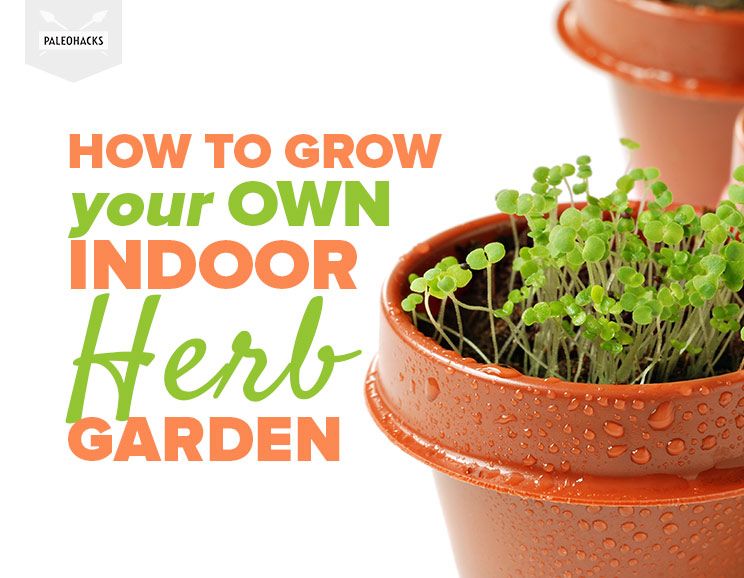

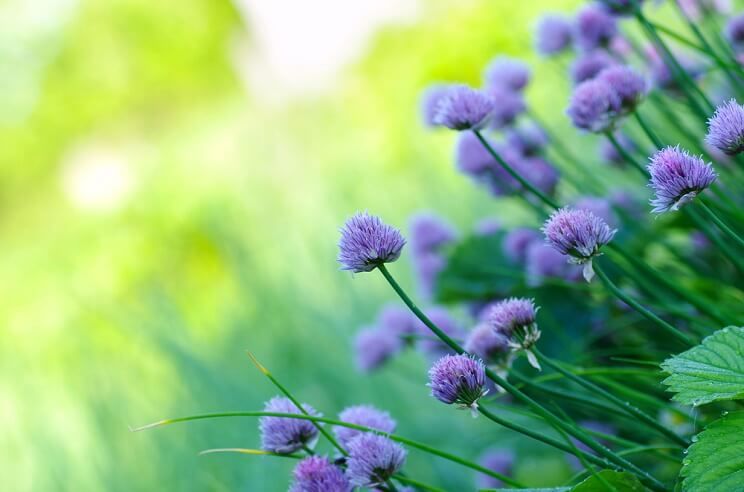








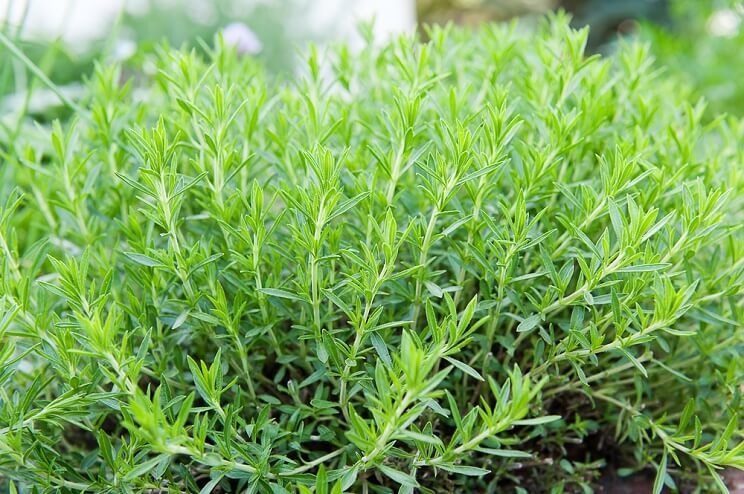


 Banana Coconut Flour Waffles
Banana Coconut Flour Waffles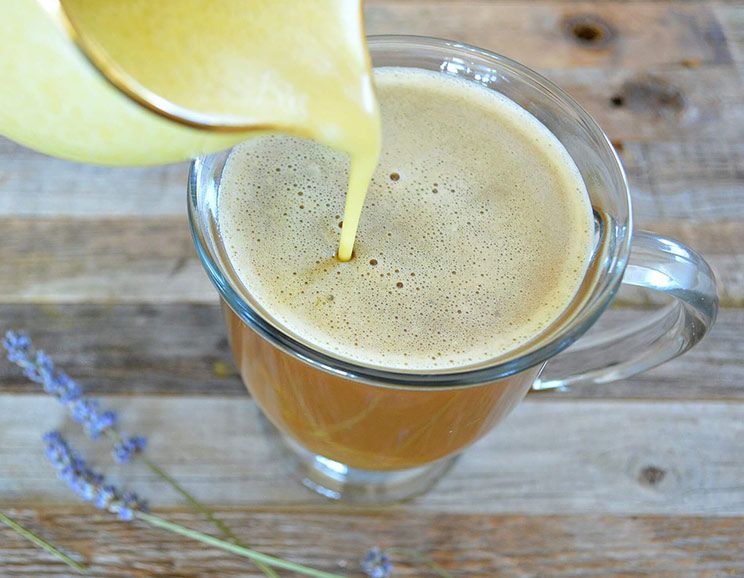
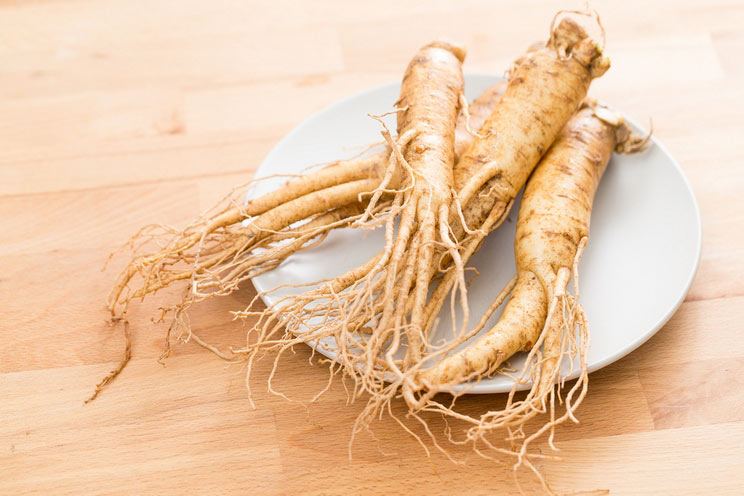

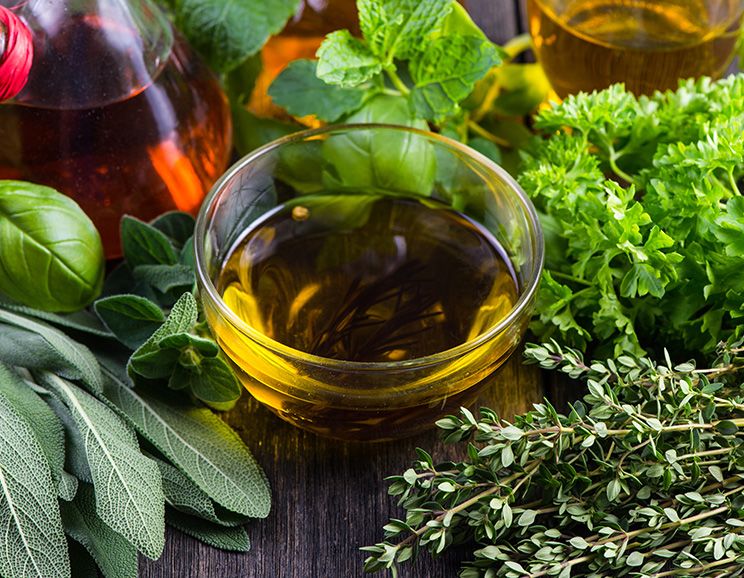

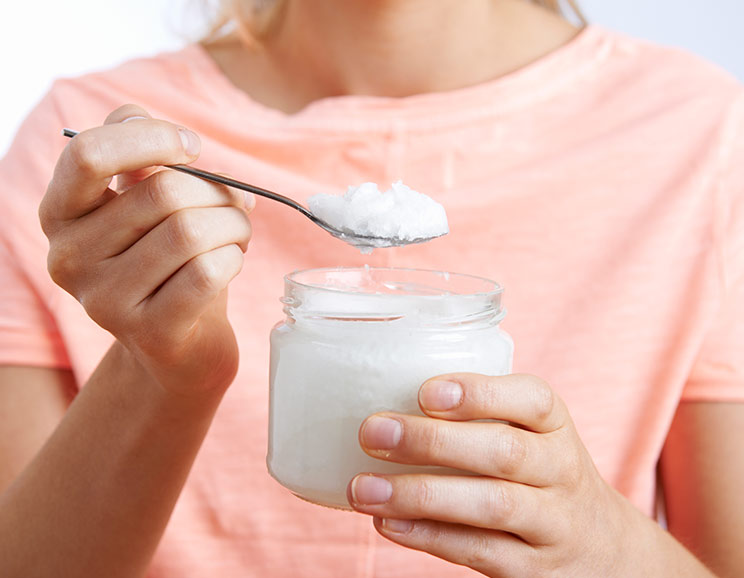
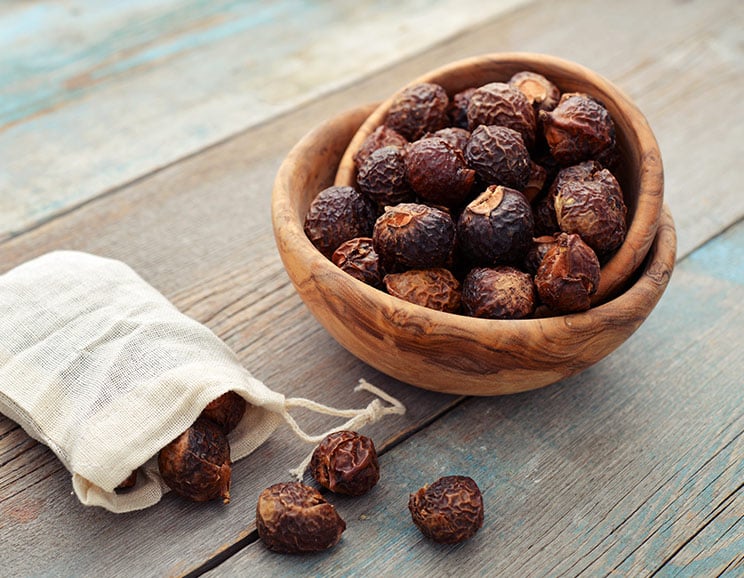

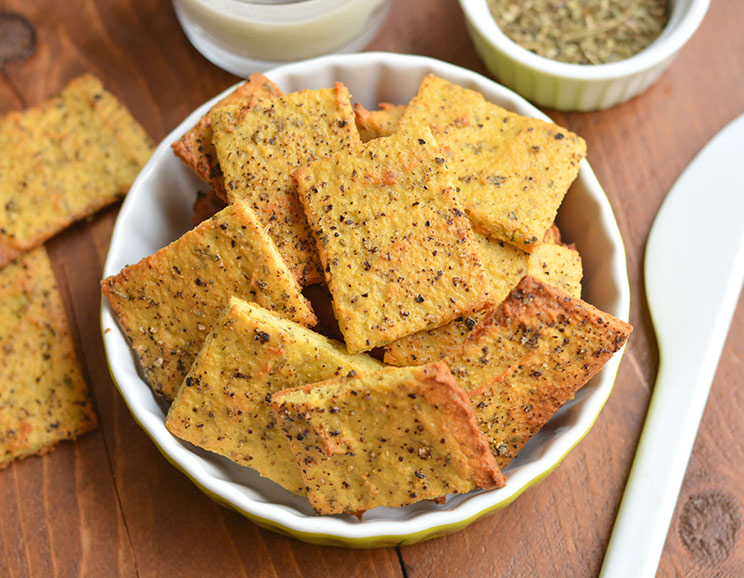
Show Comments